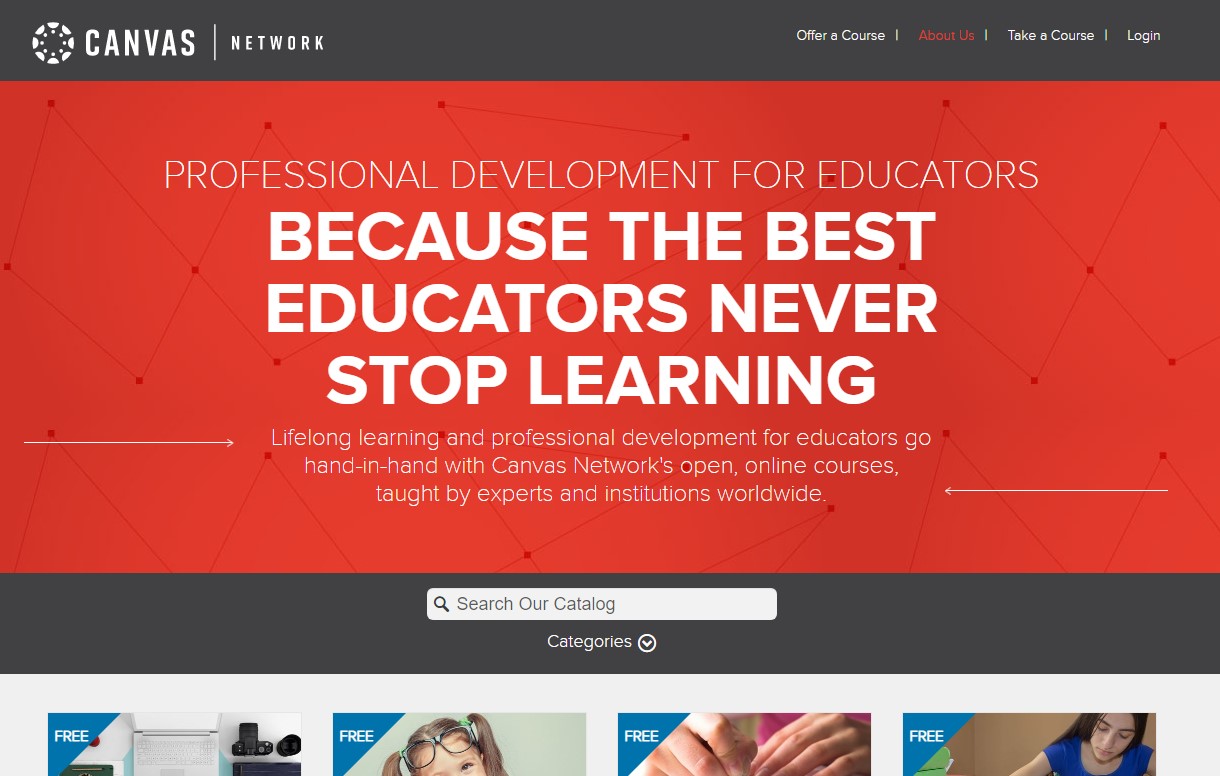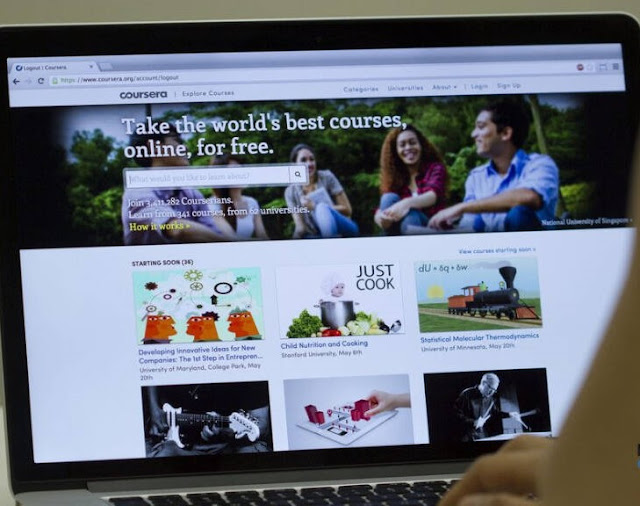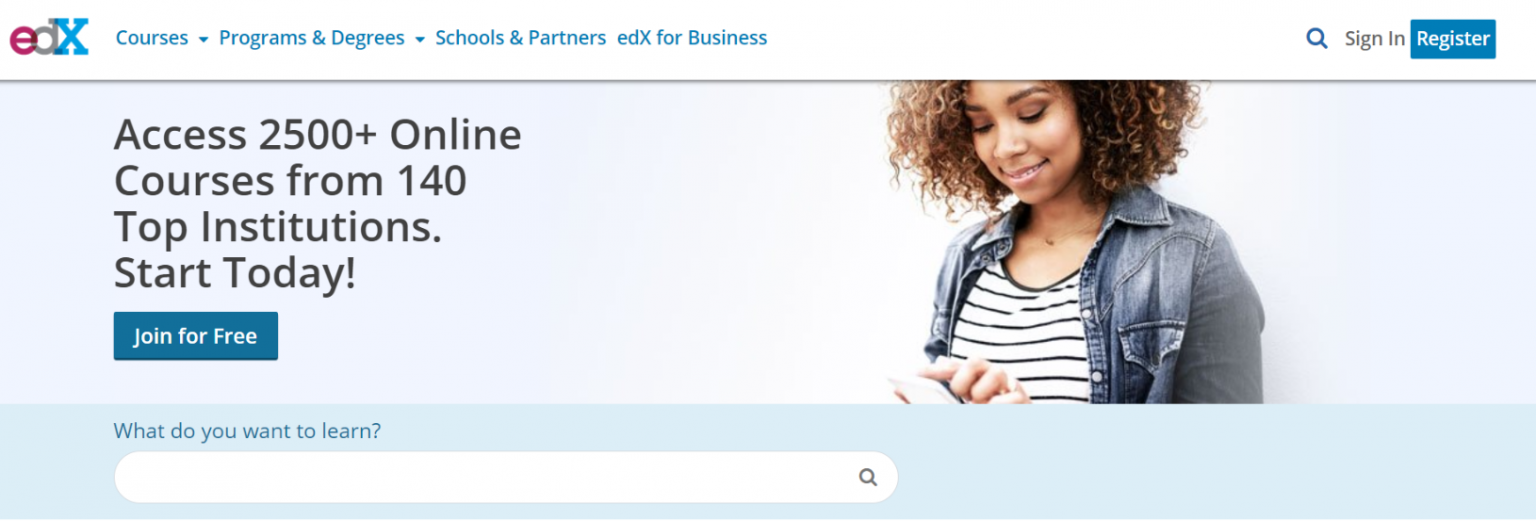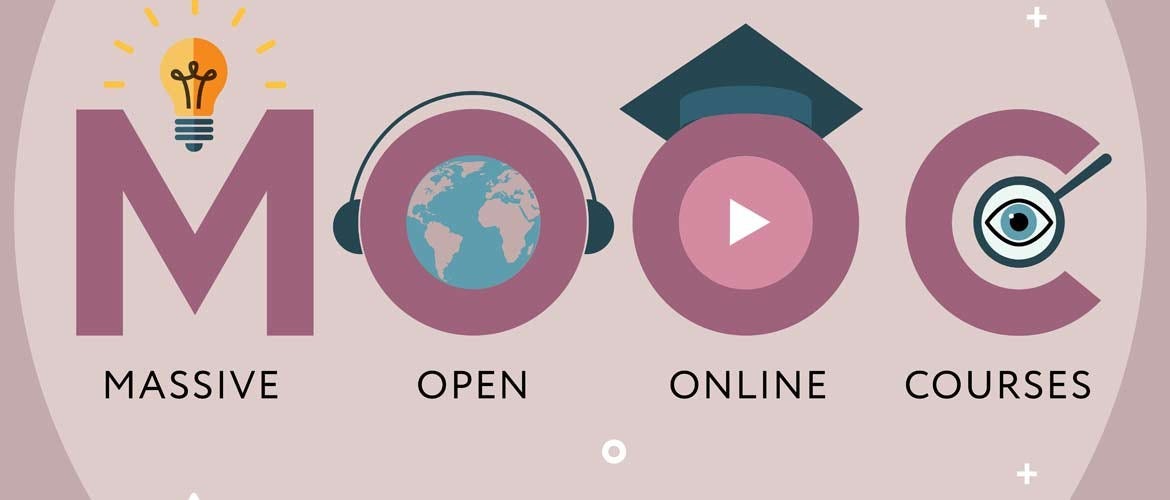Well, dear, have you been waiting for a new post? And here it is! Today about massive open online courses.
The abbreviation MOOC stands for "massive open online courses". Usually, this name means online courses with free access, which can be watched by an unlimited number of people.
Let's analyze the abbreviation in more detail:
Massive — the number of participants in mass courses is not limited and can number tens of thousands of people.
Open — the course has no geographical or physical binding. In addition, it is either free or partially free. For example, viewing is free, but if you want to get a certificate of training, you need to pay (such conditions are with Coursera).
Online — all learning processes take place only in the online space.
Courses — the course has a certain structure and traditional educational elements, for example, educational materials, knowledge testing, and so on.
What kind of MOOCs are there?
There are a number of good options for educators looking to build their own MOOCs. Here is a look at three of the most interesting platforms.
Canvas is a free platform for creating full — featured MOOCs. This platform provides free hosting and convenient tools for developing lessons and courses, it is free for both teachers and students.

What can it do?
On Canvas, you can:
- create pages with text and images;
- make tests with various settings, for example, time limit, number of attempts, etc.;
- give tasks with deadlines;
- add documents and files;
- to make grades and organize mutual evaluation of each other by students;
- view analytics for the course and for individual students;
- hold conferences;
- involve students in joint work on a project, document.
In addition to the possibility of creating your own author courses, there is a chance to use the courses of other teachers of various subjects on the platform. They are free, do not assume strict study deadlines, are full of modern materials and provide scope for self-development and self-improvement. By the way, you can also spy there and learn how to create your own educational content, if you haven't had such an experience before.
One of the most large-scale and well-known resources, which presents a huge number of various online courses, today is the Coursera project, which actively cooperates with many leading universities in the world.

Coursera is an online educational project where the world's leading universities post free training courses covering almost all spheres of human activity. Moreover, the courses are taught by the best teachers, many of whom also have their own business. An additional advantage of Coursera is the availability of a mobile application, which allows you to get new knowledge always and everywhere: even lying in bed, even on the way to work, in the subway.
All training materials are close to the traditional form of education (lectures, tests, homework), interactive and interesting to study. If something is not clear to the student, it is possible to cross-check assignments or discuss incomprehensible points on a special forum where students and teachers communicate.
EdX is an open-source platform offered by edX.org. It is the same platform that universities such as Harvard and MIT use to offer courses to 100,000+ students. It was released as open source in March 2013, and the goal was to act as the WordPress for MOOC platforms, allowing users to use plug-ins to expand the core functionality. edX has a fast, modern feel, with the ability to accommodate large enrollments.

edX is suitable for organizations that want a modern, flexible, robust course-management platform. Although it is open source, investment will need to be made in both installation and some maintenance. But the return will be a platform that can provide best-in-class content to thousands of students.
So, which platform you choose depends on what assumptions you make about your course. It helps to be able to play around in a course and try to imagine your content with a similar look and feel. Finally, don’t worry about changing your mind early on. These platforms all rely on much of the same content (YouTube videos, PDFs, quizzes, etc), so it is easy to migrate a course halfway through the building process.











I was looking forward to this post! Thanks! xoxox
ReplyDelete